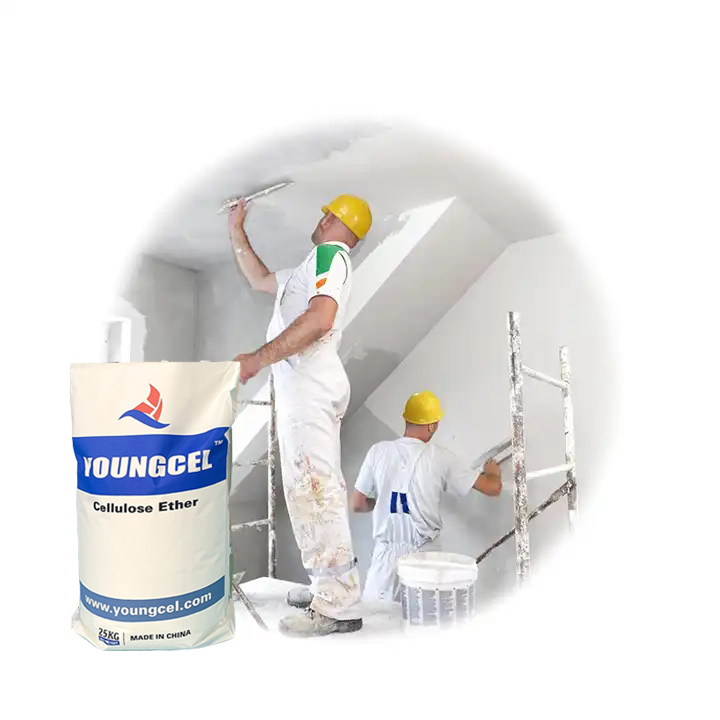The Role of Cement Mortar Additives in Modern Construction
In the ever-evolving world of construction, the need for materials that enhance durability, workability, and performance is paramount. One of the pivotal components in this regard is cement mortar, which is widely used for binding stones, bricks, and masonry elements. To bolster its effectiveness, various cement mortar additives have been developed, playing a crucial role in achieving superior construction outcomes.
Cement mortar additives can be categorized into several types plasticizers, retarders, accelerators, air-entraining agents, and specialty additives designed for specific applications. Each type serves a unique purpose, thus addressing different challenges faced during construction.
Plasticizers are among the most common additives used in cement mortar. They reduce the water content necessary for achieving a workable mix, allowing for enhanced flow and application without compromising the strength of the mortar. By improving workability, plasticizers enable masons to achieve more intricate designs and maintain quality even on complex structures. These additives are particularly beneficial in areas requiring detailed stonework or intricate brick laying, as they make the mortar easier to manipulate.
Retarders are additives that delay the setting time of cement mortar. This can be particularly useful in hot climates where setting times may occur too rapidly, thus leading to difficulties in placement and finishing. By prolonging the workability of the mortar, retarders allow for adjustments and refinements during the application process, ensuring a better overall finish and reducing the risk of cracking and other issues.
cement mortar additive

Conversely, accelerators are used to speed up the curing process of cement mortar. They are advantageous in cold weather conditions, where slower curing can pose a significant challenge. Accelerators help ensure that the mortar reaches its design strength more quickly, thereby minimizing downtime and allowing for faster project completion. This is especially beneficial in scenarios where time constraints are a critical factor.
Air-entraining agents are another category of additives that introduce microscopic air bubbles into the cement mortar mix. This enhances the mortar's resistance to freeze-thaw cycles and helps to mitigate the impact of water absorption. In regions that experience severe weather changes, air-entraining agents can significantly improve the longevity and durability of the mortar, leading to reduced maintenance costs over time.
In addition to these traditional categories, the market now offers a variety of specialty additives tailored for specific applications, such as waterproofing agents, anti-fungal compounds, and polymer modifiers. These additives address the rising demand for more sustainable and resilient building materials. For instance, waterproofing agents enhance the water resistance of cement mortar, making it ideal for structures exposed to moisture, such as basements and bathrooms.
In conclusion, cement mortar additives play a vital role in modern construction by enhancing the properties of traditional cement mortar. The choice of additive depends on the specific requirements of a project, including climate conditions, desired workability, and durability expectations. As the construction industry continues to advance, the development and use of innovative cement mortar additives will remain essential for achieving high-performance building solutions. Understanding the functions and advantages of these additives empowers builders and architects to make informed decisions, thereby ensuring the success and longevity of their projects.
-
The Application and Significance of Construction RdpNewsMay.19,2025
-
Industrial Grade HpmcNewsMay.19,2025
-
Building Coating Adhesive Building Coating Adhesive HpmcNewsMay.19,2025
-
Application Of Hpmc For Detergent For Detergent In DetergentsNewsMay.19,2025
-
Application Of Hpmc Cellulose In Cement-Based MaterialsNewsMay.19,2025
-
Application Of High Quality Hpmc For Construction In The Field Of ConstructionNewsMay.19,2025




